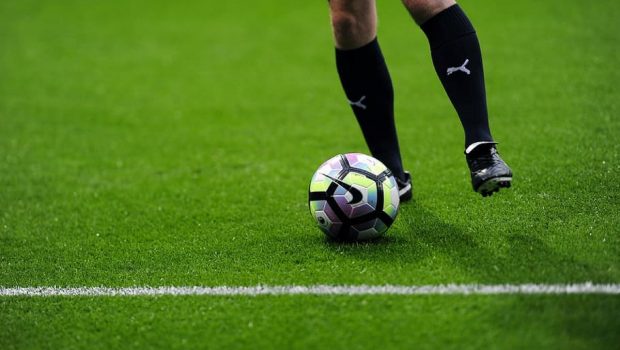It’s more evident than ever that technology advances daily to affect most parts of our lives. In sports, football is no stranger to the pinnacle of this civilization. Many leagues around the globe adopt numerous technological systems. This has helped in making predictions like the Premier League predictions easier with the availability of advanced stats.
However, the varied extent of use could be attributed to specific factors. Sometimes this could be due to the preferences of the bodies in charge and, perhaps, the fans.
In recent years, the incorporation of technology has redefined the overall feel of the game. Match officials are now able to give the right verdicts, most especially about the clumsiest happenings on the pitch. Also, as a result, athletes enjoy seamless in-game and training sessions.
Let’s consider a few of these improvements and how they’ve proven helpful in football.
Smart Ball System
An astounding one is the smart ball technology that incorporates a sensor (NFC) chip comprising numerous network receivers. These track the ball’s location in real-time on the field and dictate precisely when it crosses the goal line. The off-pitch officials and referee automatically monitor all this information, with the latter via their smartwatches.
This incredible innovation is from a partnership between Adidas and German corporations Cairos Technologies. From the MLS to the European, American, and African leagues, smart balls are becoming the real deal. Unique products are the Telstar, Uniform, Brazuca, Nike Strike, etc., used in the World Cup and Euros.
Goal-Line Technology
On some occasions, it’s pretty unclear whether a ball passes the goal line or is almost in. Hence the need for an invention to aid this decision-making process.
Goal-Line Technology (GLT) came to light in the Brazil-hosted 2014 World Cup. From then on, it has been a vital component of subsequent tournaments.
GLT uses cameras or a changing magnetic field to determine whether or not a ball has crossed the goal mark. Depending on the analysis of the image processing system, an encrypted signal is sent to the referee, who then gives the final say. This has helped to curb recurrent occurrences of scandalous or deprived goals.
Moreover, for the Goal-Line Technology to live up to its purpose, it’s dependent on some prerequisites. These include the smart ball system, accuracy, exclusivity, and timely analysis.
This technology makes the decision making process of picking if was or wasn’t a goal easier. Could you imagine if it is using on Premier League picks’ goals? It makes the matches more interesting, does it not?
Video Assistant Referee (VAR)
Again, this is another technological innovation birthed in the World Cup. Precisely the 2018 FIFA World Cup in Russia. As the name implies, it helps the referee officiate the game. The essence is to pinpoint errors that weren’t sighted during game time. Usually, the VAR team comprises top FIFA referees that collectively contribute to giving certain verdicts.
Some of the experts on the crew include a video assistant referee (VAR), three assistant video assistant referees (AVAR), and four replay operators. And as one would expect, they have access to all physical cameras used in monitoring the game.
The VAR isn’t often applicable not until there’s a need to reexamine a debatable call that has somewhat influenced a game. The referee would halt play momentarily to confirm events with the VAR team. According to their unanimous conclusions, changes could be made or not.
Electronic Performance and Tracking Systems (EPTS)
EPTS consists of wearables and camera-centric devices that boost and monitor the performances of players and their teams. It’s, without a doubt, a mind-blowing technology in modern football that gives crucial details about players while on the field. This technology could even help to make accurate Premier League predictions to win games easier.
Previously, managers used to get this information from players. However, with EPTS, the coaches have this digital summary of fatigue level, heart rate, distance covered, etc. Most wearables work through their in-built accelerometers, mechanical sensors, and gyro meters.
Hawk-eye System
Beforehand, the Hawk-eye System is a design implemented in cricket and tennis to make calls. It has equally been helpful in football to place things in the right perspectives.
The system functions based on three cameras fixated on the goal line. And each capture about 600 event frames per second. This also helps to decide if the ball has passed the line.








Gloss